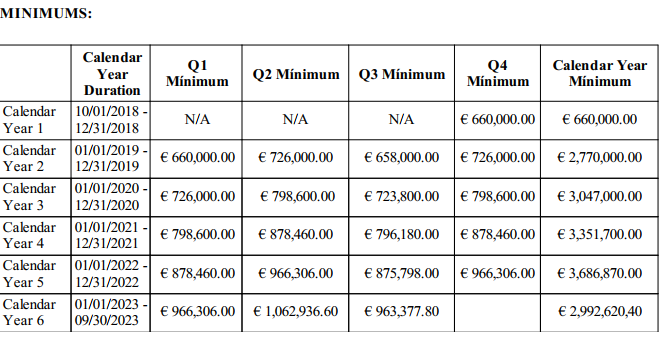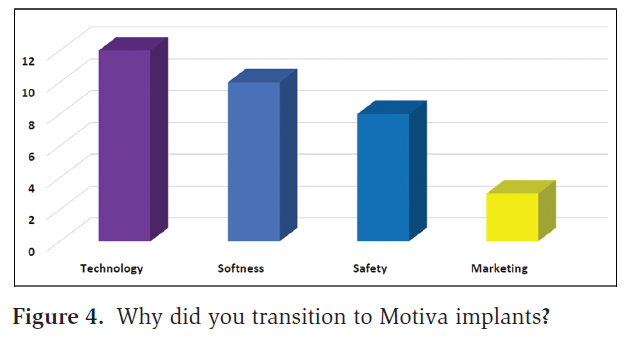Illustration of an injured knee.

Mr Jairaj says it might be worth paying to have a scan privately, but only if your NHS surgeon is trained to use it — check first. Now even the limited range of standard implants available to NHS surgeons is being squeezed further, says Ian McDermott; this potentially means many more patients could be struggling with the sort of difficulties experienced by Jason Mottram.
In there were 60, hip replacements carried out in England, Wales and Northern Ireland. By it had risen to 88, there were 57, knee replacements in and 87, in Regular visits to your local hospital can rack up quite a bill. It might be necessary for you to have a hip replacement if one or both of your hip joints becomes damaged and causes you persistent pain or problems with everyday activities such as walking, driving and getting dressed.
It might be necessary for you to have a hip replacement if your hip damage causes you persistent pain.
Some common reasons why a hip joint can become damaged include:. Jason Mottram is thankful that his insurance paid out for a made-to-measure hip. The views expressed in the contents above are those of our users and do not necessarily reflect the views of MailOnline. Share this article Share. Comments 62 Share what you think. View all. More top stories. Bing Site Web Enter search term: Search. Half-a-million adults have at least one dental implant, according to the latest Adult Dental Health Survey.
Studies have suggested that one third of patients will be infected. Peri-implantitis is always preceded by a much milder disease, called peri-implant mucositis, which is common and treatable. Early warning signs are red, swollen gums and bleeding when probed. If undetected and untreated, it might become peri-implantitis. So scrupulous oral hygiene and regular follow-up appointments after an implant are essential, says Dr Jacobs, who runs a Glasgow clinic. Mrs Gunnell stopped going for check-ups three years ago, after she moved from London to Devon. She was at high risk of peri-implantitis because of a family history of gum disease periodontitis.
Smokers, too, are at high risk. Paradoxically, the rise in cases is mostly due to advances in implant design. In the mid-Nineties, clinicians found that implants with a rough instead of a smooth surface integrated better with the bone. For older children whose parents are not at school every day, it is especially important to convey the message that parents are essential to their child's success. Sharing of information between home and school has great benefit for all involved and can be accomplished in a variety of ways, including through a communication notebook that travels from home to school and back.
- coupon for amazon camera!
- Conclusion.
- discount coupons maid of the mist!
- Why cheap NHS hip implants are leaving thousands in crippling pain.
- Testimonials.
- ufile voucher code redflagdeals!
Clinicians often write habilitation plans that isolate different domains of communication, writing separate goals for the child in each of these domains. Through that process, we break apart the complex, unified phenomenon of communication into artificially separate pieces.
Our challenge in rehabilitation is to address those goals but to do so in a way that integrates or reunifies the pieces into a whole. This is a goal that is not always achievable in every rehabilitation session. Sometimes we must practice and help a child over-learn a particular skill through a traditional drill method that is unlike natural communication. This is acceptable, as long as the clinician seeks to put that skill back into purposeful communication as soon as the child is capable.
Due to the identification of hearing loss in babies via universal newborn hearing screening UNHS in the United States and other countries, and the growing number of children with hearing loss implanted as infants and toddlers, an increasing number of clinicians are serving this population. Some clinicians are not trained to work with babies or to provide services within a model of family-centered intervention.
How Do We Make Implants So Affordable?
This statistic is a convincing statement about the power of families, rather than clinicians, to be the change agents in their child's communication after cochlear implantation. Parents who take advantage of only 10 interactions each waking hour of a child's day will have provided more than 36, teachable moments between ages 1 and 2 years. Prior to CIs, auditory development in children with profound hearing loss was thought of as auditory training.
The implication was that deaf children needed didactic instruction to achieve each of the hundreds of listening skills that make up the hierarchy of auditory development. Professionals assumed that the child learned only what was directly taught to him. This was not an unreasonable assumption prior to the development of multi-channel CIs, given that many profoundly deaf children with hearing aids were pattern perceivers, able to recognize only patterns of auditory information rather than discriminate the fine temporal and spectral structure of speech. With today's sophisticated technology, CIs provide the potential for deaf children to utilize incidental learning to an unprecedented degree.
Incidental spontaneous learning is the way children with normal hearing NH acquire language and, theoretically, is the most efficient and natural way to learn a native language. Still, the signal provided by the implant is not a perfect representation; even CI recipients using state-of-the-art speech processing technology receive a degraded auditory signal.
In addition, many children receive a CI after a period of auditory deprivation during which they have learned to process information visually. Even with the improved auditory signal provided by the CI, these children may need systematic and intensive training to reach their full auditory potential. Thus, both didactic instruction and incidental learning have advantages for the CI child. In general, the older the child is at the time of cochlear implantation, the more structured, didactic instruction is generally required in rehabilitation.
A goal of the diagnostic teaching approach is to identify what the child IS ABLE TO do and to adjust the level of difficulty of tasks, constantly challenging the child and then evaluating the conditions that either enhance or impede learning. If a child is successful with an activity under quiet conditions in a session, the child practices it during the next session to reach a level of automaticity, then the activity is made more challenging in the following session.
It is productive to team with the classroom teacher, sharing the factors that have been identified in therapy as being useful or challenging to the child in the classroom setting, and vice versa.
How to Avoid Potential Dental Implant Complications | Absolute Dental
Whenever possible, it is advisable for the clinician to use vocabulary, concepts, themes, music, and other classroom materials within habilitation activities. This serves to reinforce what is being targeted in the school situation. For example, a seven-year old child with CIs may be studying the life cycle of butterflies in school. Within therapy, we may be working on recalling details from passages the child has read. It benefits the child if the therapist uses a story for this activity that shares the theme of butterflies. Such an approach provides the student with more instructional time on the subject, more exposure to the related vocabulary and concepts, and aids in the child in recognizing the connections between ideas that are presented in different settings.
It also establishes a reciprocity, grounded in respect, between the CI clinician and the classroom teacher. Clinicians who assure teachers that their goal is to make the teacher's job easier, not harder, will often build alliances with regular education staff that promote goodwill throughout the child's years at the school. These alliances become all the more important as a greater number of children with CIs are fully included in regular education settings.
Research and observational reports indicate that children with CIs seek out and appreciate music to a degree that is qualitatively different from that of post-lingually deafened adults with CIs. There are multiple beneficial effects of integrating music into a therapy session and encouraging its use at home including: articulation suprasegmental accuracy, language development, listening development, social skills and turn-taking, and cultural assimilation.
MRI on knee when implants are present ?
The goal of habilitation with babies wearing CIs is not just to develop words or auditory skills. Research and clinical findings have documented the auditory milestones achieved by the average child with CIs during the first year of device use. When a child is identified as progressing at a slower-than-expected rate, red flags are raised and specific steps taken, allowing clinicians to intervene as early as possible and identify the source of the problem. For a variety of reasons, it is important to carry out formal assessments with children wearing CIs. It is the interpretation of the tests, and not the test results themselves, that may be misleading.
Virtually all tests, with the exception of spontaneous language samples, are contrived measures of language that utilize such formats as picture pointing of four pictured choices, they may bear little resemblance to real-life communication demands. Children with hearing loss who often have been tested repeatedly and thus may receive repeated practice with artificial test formats may perform well on structured tests that have a repetitive nature. Therefore, caution should be used when children with CIs score within the average range on test instruments because these instruments may not be sensitive to the more subtle and higher-level demands of inference, problem-solving, and topic shifts that characterize real-world conversation.
The latter represent the most accurate window into the real-world communicative competence of a child wearing CIs. These 12 premises are not an exhaustive inventory of all the factors important to issues of habilitation for children with CIs. Rather they represent, in the author's opinion, the most essential principles in a framework upon which a CI clinician may build an effective program for this population. The premises are based upon published research findings to date and upon the author's clinical experience over the past third of a century working with children using CIs.
It is certain that ongoing developments in our rapidly-expanding field will bring new information to light, allowing even more effective habilitation to be offered to children and their parents. I look out onto the frontiers of technology and clinical science and can't help but imagine what astonishing innovations await, just over the horizon.
Peer review under responsibility of Chinese Medical Association. National Center for Biotechnology Information , U.
